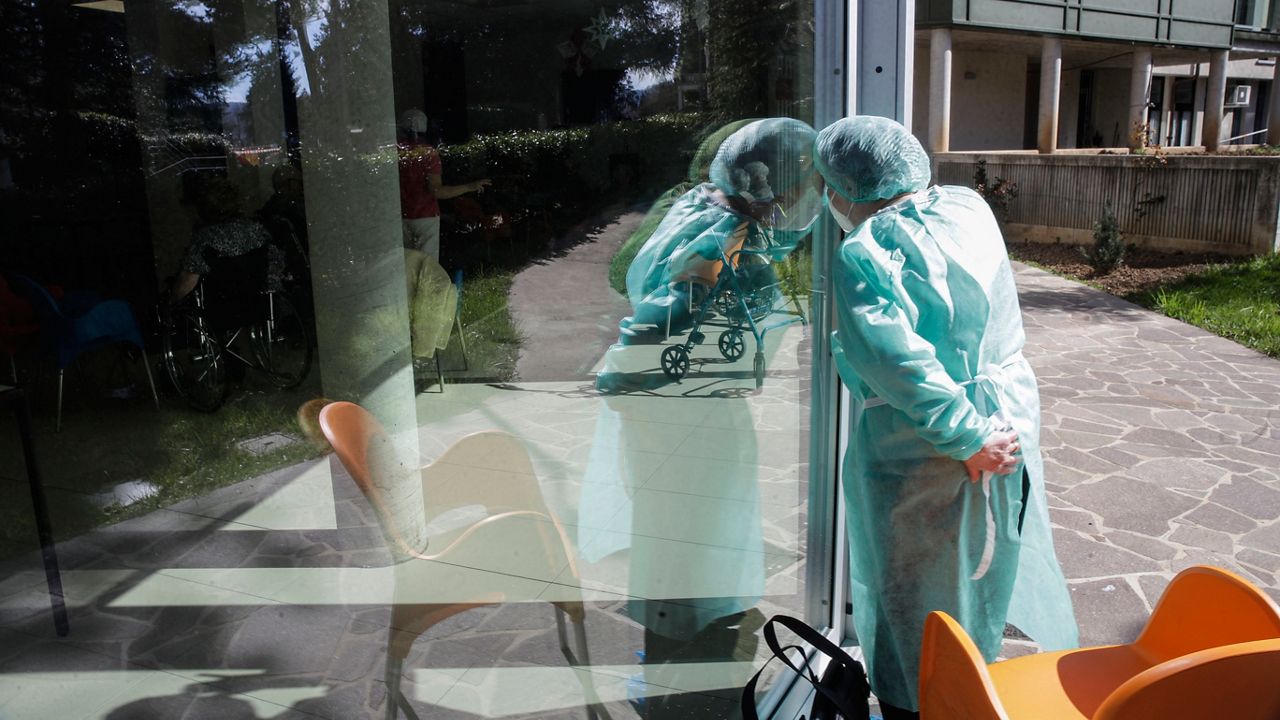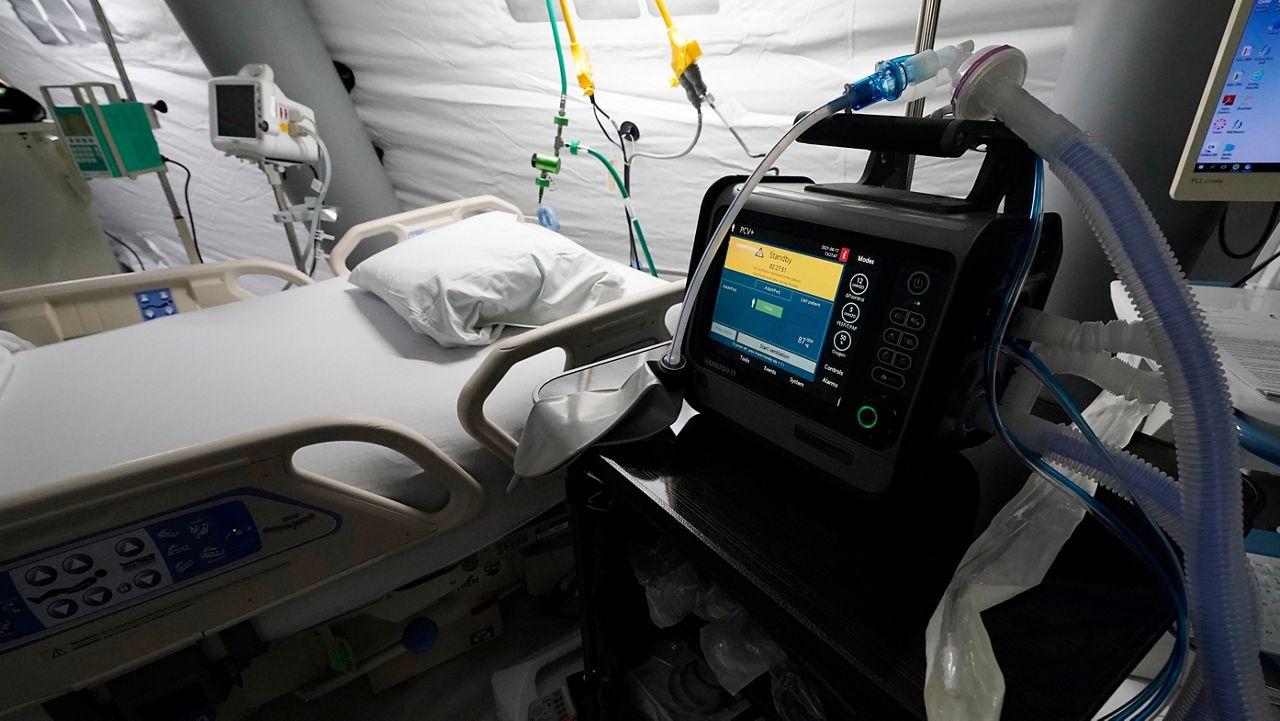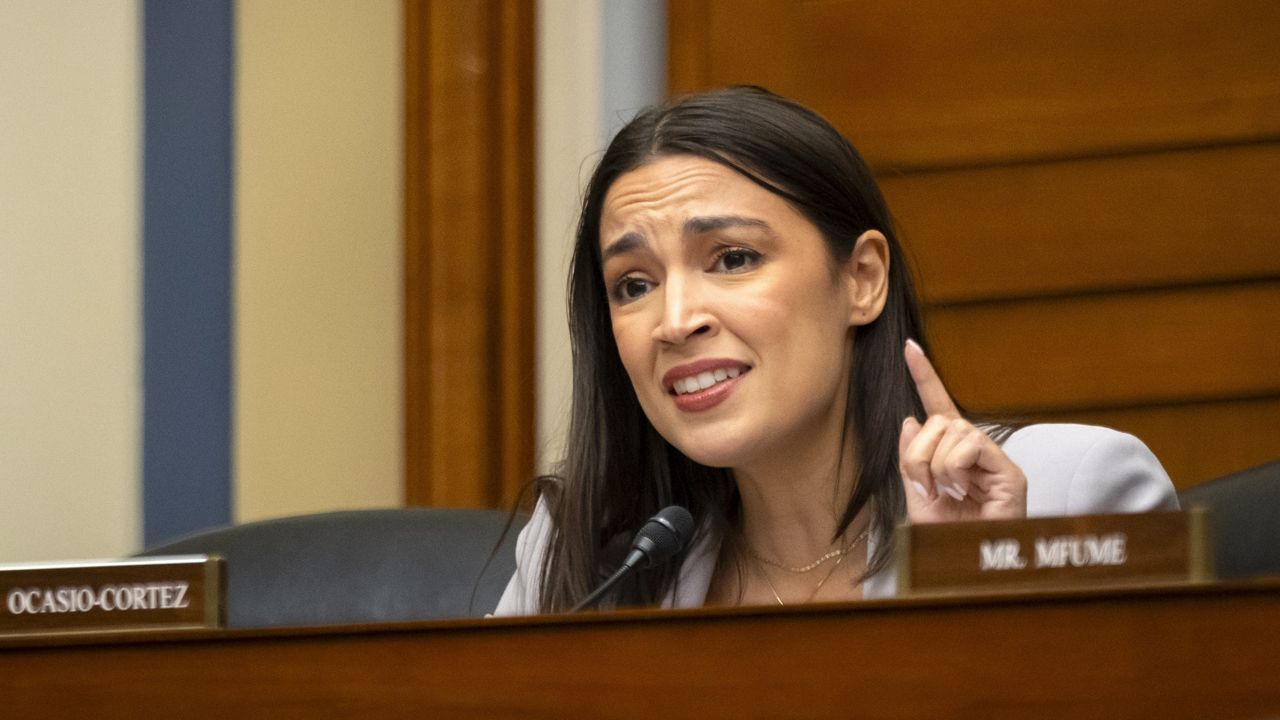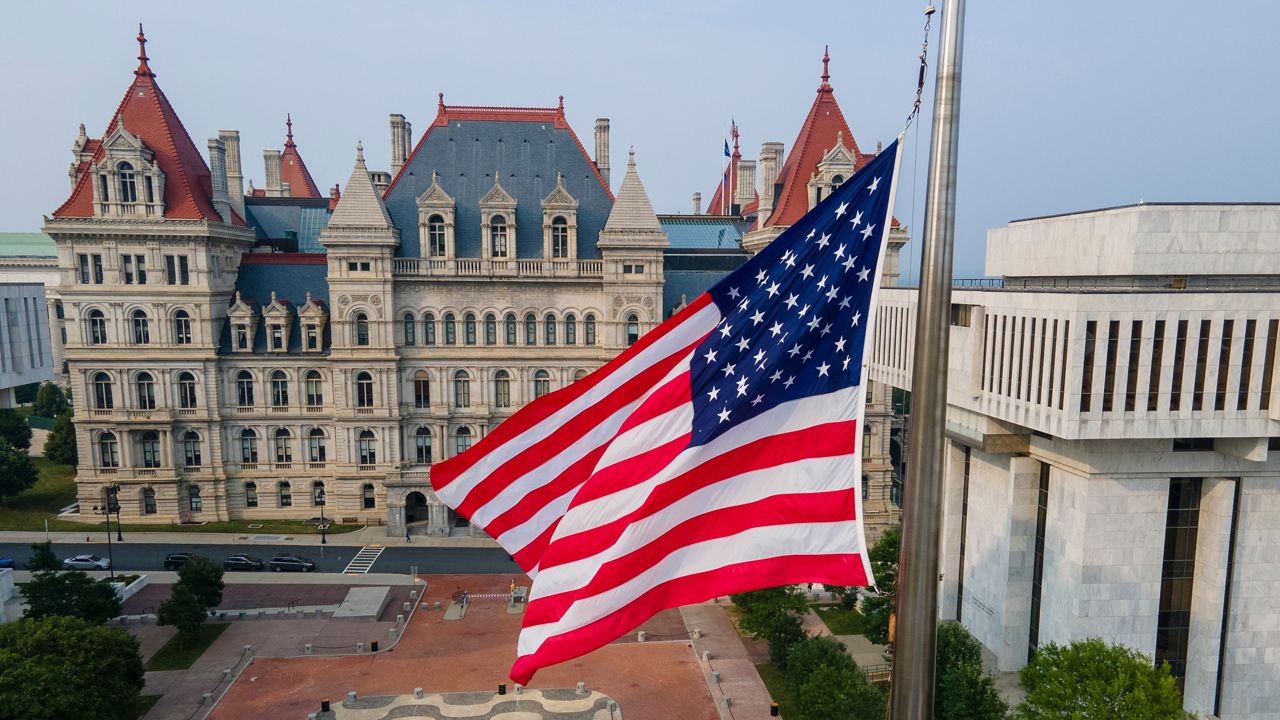Reinvesting in nursing homes, expanding telehealth services and efforts to reduce waiting lists for community-based services were among the positives in the state's $212 billion budget for older New Yorkers, AARP New York said.
But the spending plan also came up short for bolstering the state's ombudsman program for nursing homes, the organization found.
The budget, approved this past week, comes as a pandemic that has killed more than 50,000 New Yorkers has entered its second year, and with older people seen as uniquely vulnerable to the public health crisis.
AARP New York's state director Beth Finkel pointed to the spending plan placing what amounts to a minimum funding standard for nursing homes in the state will shore up gaps in care for older people.
“The COVID-19 pandemic put a spotlight on the shortcomings of our state’s long-term care system and nursing homes in particular," she said. "Setting a 70 percent floor for direct resident care spending will help ensure nursing homes and other long-term care facilities spend more on the care residents need and deserve.”
But the state did not do enough to strengthen the existing ombudsman program for nursing homes, according to AARP. The program in the past has been hailed as an effective method of independent oversight of the facilities.
“Despite recent progress to improve the state’s nursing homes, the budget leaves the Long-Term Care Ombudsman Program woefully underfunded," Finkel said. "Ombudsmen serve as a first line of defense for residents of nursing homes and other long-term care facilities, investigating complaints and serving as additional eyes and ears—especially for residents without family nearby. We continue to urge state leaders to fully fund this critical program."








